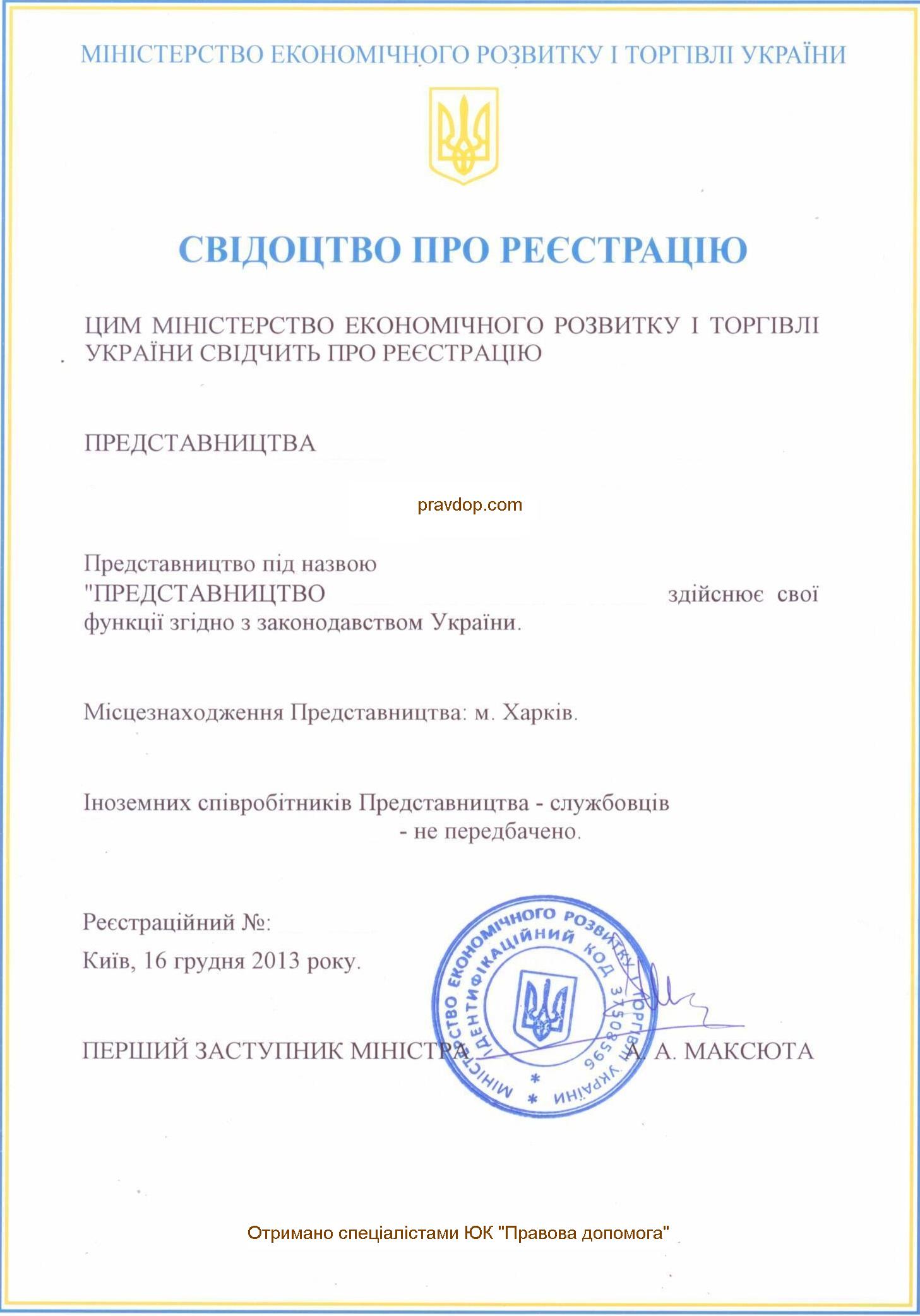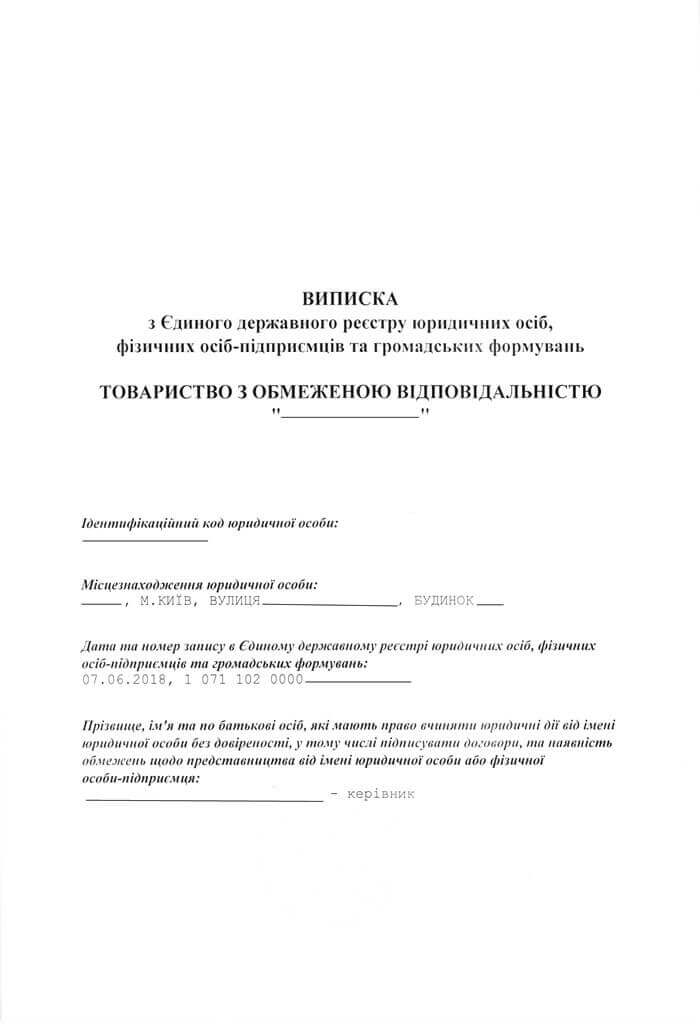Global Minimum Tax (OECD Pillar Two): How Companies Are Adapting to New Rules
Cost of services:
Reviews of our Clients
The initiative to implement a 15% global minimum corporate tax rate, developed by the Organisation for Economic Co-operation and Development (OECD) as part of the Pillar Two framework, is being actively implemented. This reform represents a crucial step in combating tax avoidance and is part of a broader global tax policy aimed at preventing the erosion of tax bases and the shifting of profits to low-tax jurisdictions. However, its implementation raises many questions, particularly regarding how businesses will adapt to these new rules.
This is where our company can provide the expertise and support you need. Our team of lawyers, with in-depth knowledge of international tax law, is ready to help you understand the new tax policies and, if necessary, develop an effective strategy to adapt to these changes. In this article, we will cover the key aspects of the global minimum tax rate, the details of its implementation, and the steps companies can take to ensure compliance with the new requirements.
You might also like: Who Is Required to Submit CFC Reports in 2024?
New Tax Rules for International Business: How to Adapt to Pillar Two
The global minimum tax rate is aimed at combating aggressive tax planning, where large multinational corporations shift profits to low or zero-tax jurisdictions, significantly reducing their tax liabilities. The OECD's Pillar Two initiative establishes a minimum tax rate of 15% for companies with global profits exceeding a specific threshold. The primary objectives of this reform are to prevent tax competition between countries, protect the tax bases of high-tax jurisdictions, and promote fairness and transparency in taxation.
According to the OECD, the 15% minimum tax rate rule will apply only to companies with annual global revenues exceeding €750 million. This threshold is calculated based on the consolidated global revenue of a corporate group. Therefore, the threshold affects not just individual legal entities but the entire corporate group if it consists of multiple companies operating in different jurisdictions.
The Pillar Two initiative is based on two key components:
- Income Inclusion Rule (IIR): This rule allows countries to impose additional taxes on companies that pay less than 15% in other jurisdictions.
- Undertaxed Payments Rule (UTPR): This rule is designed to prevent profit moving to low-tax jurisdictions by enabling countries to tax companies that make payments to countries with lower tax rates. Essentially, this applies when companies redistribute profits among their subsidiaries in different countries, choosing those with significantly lower tax rates.
The primary responsibility for paying any additional tax under the UTPR lies with the parent companies. This is because the parent company is responsible for the overall tax obligations of the entire corporate group, including subsidiaries operating in different jurisdictions.
Therefore, the parent company must ensure that the effective tax rate across the group meets the minimum 15% threshold. If any subsidiary in a particular country pays taxes below this rate, the parent company must pay an additional tax to make up for the “under-taxation.” If the country where the parent company is based has not yet adopted UTPR rules, other countries may apply their own equivalent rules to ensure the tax shortfall is addressed.
You might also like: What Reports Must Be Filed For Foreign Representative Offices in Ukraine?
What to Know About Pillar Two Implementation: An Example with Offshore Assets
Here’s an example of how Pillar Two might work in practice (we’ll use a tech company with offshore assets as a case study).
Scenario: A multinational technology company, headquartered in Country X (where the tax rate is, say, 30%), sets up a subsidiary in Country Y, a low-tax jurisdiction (for example, an offshore location with no taxes). The company shifts a significant portion of its income from intellectual property royalties to Country Y to take advantage of the lower tax rates. Consequences:
- Before UTPR Implementation: Company X could reduce its global tax obligations by shifting royalty income to Country Y. As a result, a large portion of the company’s profits would be taxed at a zero rate, significantly lowering its overall tax liability.
- After UTPR Implementation: Country X, where the parent company is located, can now impose an additional tax on profits earned in Country Y, since they were taxed at a rate below 15%. In this scenario, Country X would collect the extra tax to ensure the income in Country Y is subject to the global minimum tax rate of 15%.
It’s important to note that the Pillar Two rules will be introduced gradually, starting in 2024. The Income Inclusion Rule (IIR) is expected to be implemented in 2024, with the Undertaxed Payments Rule (UTPR) set for full implementation in 2025. Many jurisdictions will need time to adjust their tax systems to meet these new international standards. The phased rollout of UTPR and IIR gives countries time to prepare their legislation and enforcement mechanisms.
As a result, companies with international operations should begin adapting to the new conditions. The following steps are especially important:
- Evaluate current tax liabilities: Companies should carefully review their tax operations to identify where their tax rates might fall below the new minimum threshold.
- Restructure corporate organization: In some cases, companies may need to reorganize their operational and legal structures to align their tax obligations with the new requirements.
- Increase tax reporting transparency: The introduction of the global minimum tax rate will require more detailed and transparent tax reporting, including potentially expanding the amount of country-by-country information disclosed.
- Assess the impact on profits and investments: The new tax rules could affect net profits, which may, in turn, influence a company's investment strategies and approaches to doing business in certain jurisdictions.
You might also like: How to File a Profit Declaration For a Representative Office in Ukraine?
Global Tax Reform: How to Prepare Your Business for the New Rules
The global minimum tax initiative is set to become a key pillar of international tax policy in the coming years. While the reform aims to distribute tax obligations more fairly across countries, it poses a significant challenge for businesses, requiring them to adapt and reassess their corporate strategies. Some companies have already started making adjustments, but for many multinationals, the adaptation process is just beginning. It's crucial for businesses to act swiftly, implementing necessary tax reforms to mitigate risks and ensure compliance with the new regulations.
Meanwhile, OECD member countries must continue to provide detailed guidance and clarification on the new rules to help businesses adjust smoothly. Our law firm offers expert support in response to these global tax changes. We understand the challenges businesses are facing and can provide customized solutions to help you meet the new requirements efficiently. By partnering with us, you gain a reliable advisor who will help your business navigate these changes and maintain a competitive edge.
Contact us today, and we’ll guide you through these reforms to achieve the best possible outcome for your business.
Our clients








